World Fine Art Professionals and their Key-Pieces, 458 - Lilo Mangelsdorff
World Fine Art Professionals and their Key-Pieces, 458 – Lilo Mangelsdorff
At Rotterdam Photo ’24 photoworks of many photographers were housed in containers. it was an interesting experience. I saw, among other things, photos of Lilo Mangelsdorff from Frankfurt am Main. She showed photos from her project ‘Memory Affairs’.
Lilo Mangelsdorff inherited a box with many old family photographs, but she did not know many of the persons, nor the stories. While looking at the pictures, her own fantasy emerged and she gave them new faces.
She told us more about the project and her work in general.
Curiosity and random exploration
In her artistic work she wants to discover new things, whether aesthetically or in terms of content, she says. “Curiosity plays just as much a role as playful, random exploration, which sometimes results in a concept for a more extensive project.“
The ‘Memory Affairs’ project shown in Rotterdam was about working with historical family photos, mostly studio photographs from the years 1890 to around 1920, whereby the people depicted were strangers to her. “I had only heard some of the names before. A long time ago I had inherited this box of old photos and wondered what I could do with them. I was interested in finding out how the photos could be altered, as there are quite a few artists who paint, embroider, cut them up and the like.”
Through various attempts and trial and error with different materials, she finally arrived at the current approach, using materials such as plants and seeds or, in one case, shells to cover the faces.
“As a result, it no longer mattered who was depicted. The viewer always looks at the face first and tries to recognize something in it. When the face is covered, the gestures, the staging of the photograph, the pose receive more attention and possibly tell more than could be read from the face of the person photographed. The materials used, e.g. the dried flowers, in turn have their own faces in an astonishing variety. The selection was made rather playfully, according to size, color and suitable form, but the people were also interpreted a little by me.”
Why is this theme important to her?
“The examination of the medium I work with resonates in many of my works. Photography is seen as a medium for depicting and capturing reality. This role, which is increasingly disappearing in the age of AI, has been questioned since the beginning of photography. My work is not about an exact depiction of reality and objectivity, but about creating something new through artistic intervention in the image.
In the ‘Memory Affairs’ project, however, it was important to me that the works were made from photos of my family and their friends, even though they were strangers to me. Instead of throwing away the old photos, I wanted to use them artistically. I would not have started this project by collecting similar photos at flea markets, for example.”
Filmmaker
Lilo Mangelsdorff worked for many years as a filmmaker, both documentary and experimental. In her photographic work, she places the experimental aspect in the foreground. “For me, photography is the creation of an image that the viewer can fill with their own imagination and stories. I am less interested in depicting reality, although this is usually the starting point. My interest lies in the structures, color, light and shadow that I find there and through the detail, the framing, I form what I see into an image that is sometimes not immediately decipherable at first glance.”
She often works with existing materials, which she shapes into something new through processing.
“In the ‘Scratches’ series, I scratched and painted old remnants of analogue 16mm film and then digitized them frame by frame and exhibited them as photographs. The ‘Strange Encounters’ series was also about questioning reality by positioning photos in nature and photographing them to create staged montages. In the ‘Light Traces’ series, I created abstract photo paintings using light and long exposures.
Her themes are mostly found in nature and landscape. “E.g. in the ‘Cutis’ series, which also exists as a photo book, I photographed the bark of plane trees, which appear like modern works of art created by nature. My work is often more about alienation, about questioning the image and creating something new. “
Werner Nekes
Lilo Mangelsdorff studied visual communication at the Hochschule für Gestaltung in Offenbach, graduating with a degree in film and photography. “I studied film with Werner Nekes (one of the most important German experimental filmmakers and collectors of historical optical objects, an expert on cinematic precursors), among others, who got me interested in experimental film. My role models at the time included Robert Frank, Johan van der Keuken and the documentary filmmaker Klaus Wildenhahn.”
She then worked as a filmmaker for over 30 years, making both documentary and experimental works. The films were screened at many festivals around the world and won awards, and were shown in cinemas and on television. She produced with her own production company and also taught film from time to time.
Over the last 6 years or so, she has focused more and more on artistic and photographic work.
“I am a member of the EULENGASSE association, an artist run space, where I will be taking part in a three-person exhibition with new works in April. I will be exhibiting the project ‘Memory Affairs’ in Cologne in May. It was shortlisted for the Kolga Tbilisi Photo Award in 2022.
What’s her artistic philosophy?
“I am interested in many things, at the moment my pictures are rather abstract, but that can change again. Poetry in photography is also important to me. And I’ve started working with cyanotypes, which I want to pursue further – let’s see where it takes me.”
Images
1- 9) Memory Affairs – Lilo Mangelsdorff, 10) portrait Lilo Mangelsdorff
www.lilomangelsdorff.dehttps://www.instagram.com/lilomangelsdorff/https://www.rotterdamphoto.eu/nl/ https://ifthenisnow.eu/nl/verhalen/lilo-mangelsdorff-when-the-pose-receives-more-attention-it-might-tell-us-more-than-the-face
Disclaimer: The views, opinions and positions expressed within this guest article are those of the author Walter van Teeffelen alone and do not represent those of the Marbella Marbella website. The accuracy, completeness and validity of any statements made within this article are not guaranteed. We accept no liability for any errors, omissions or representations. The copyright of this content belongs to Walter van Teeffelen and any liability with regards to infringement of intellectual property rights remains with the author.

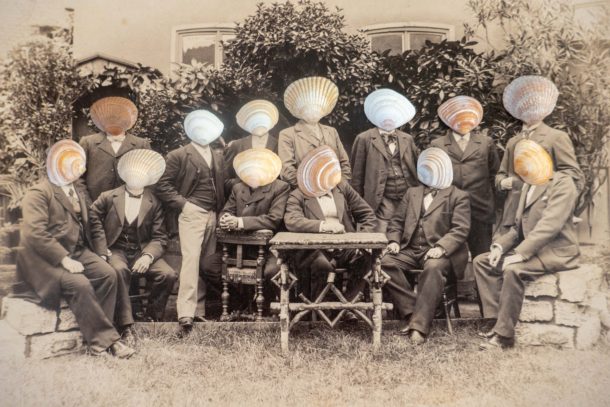
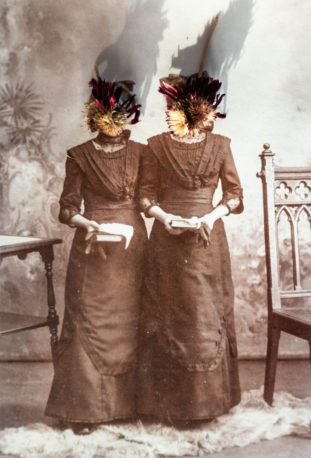

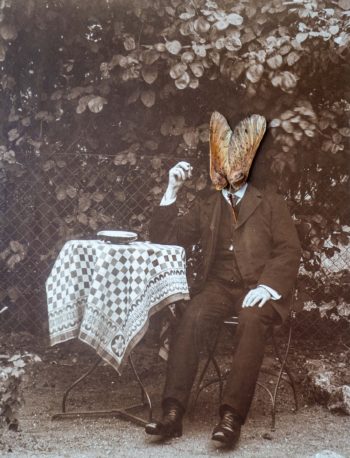
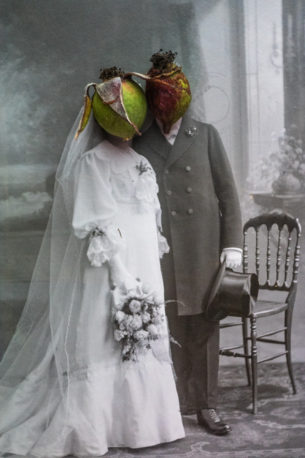
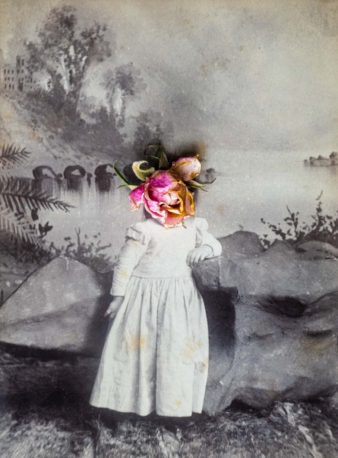

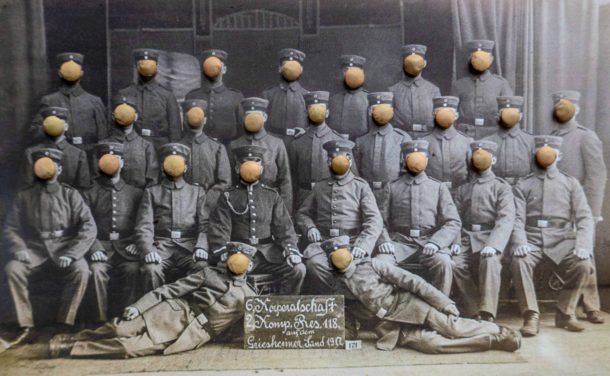
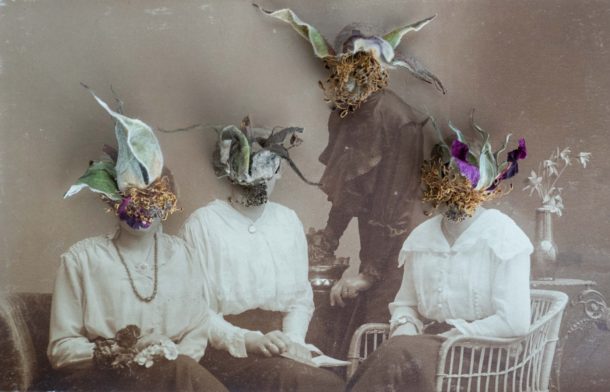
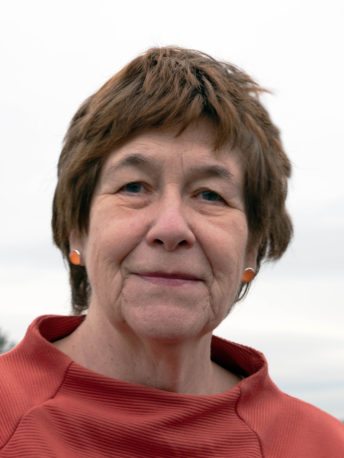














The opinions expressed by individual commentators and contributors do not necessarily constitute this website's position on the particular topic.